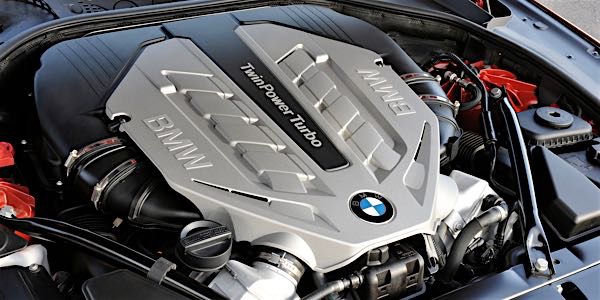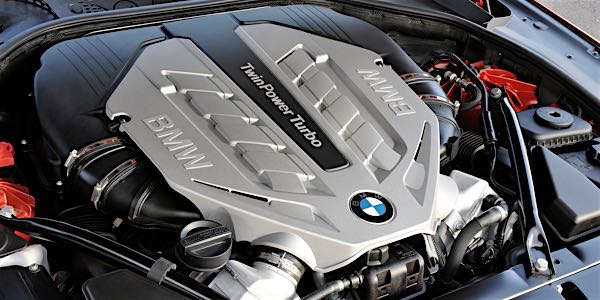
You already know that there are plenty of BMWs with V8 engines on the road today, but you might be surprised that they can have issues with oil leaks. Inevitably, some of these will find their way to your shop in need of service, so here are some common items to be aware of when they arrive at your shop for repairs. In this article, I will focus on valve covers, the front upper timing chain covers and the alternator bracket gasket.
Always start with a thorough cleaning. When these engines begin to leak, it is easy to get tripped up on where the leaks are coming from. You can’t go wrong letting the customer know this up front.
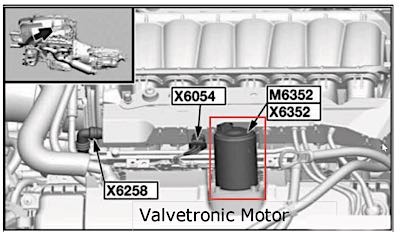
The valve covers on many of the later BMW engines have Valvetronic motors installed in them (see Figure 1). This is the electric motor in the center of the valve cover, and it is what helps control valve lift. Special care is needed before performing this repair. Be sure your scanner can set the stop limits for the Valvetronic motors. There are no shortcuts here; we use our Factory BMW scanner and our Autologic scanner for this step.
During the removal process, you’re going to be removing the ignition coils, so don’t be surprised when you see oil around the spark plug boots. If they are soaked, the coil may need to be replaced. This is a great opportunity to advise your customers regarding the labor savings they can enjoy if the spark plugs are replaced in conjunction with the coils that are already being removed.
You will also be removing some additional items, such as all the decorative and acoustic covers, the rear engine partition wall, wire connectors and the Valvetronic motors. Be sure you set the spark plug tubes and carefully check the alignment when reinstalling the valve cover. Check the work instruction for where to place the sealing compound. When you order parts, you need to order the bolt grommets and spark plug tubes.
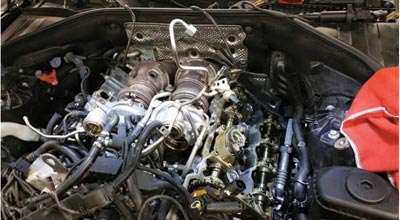
Perform an inspection of the breather hoses, vacuum lines and other rubber parts, and include them in your estimate. Checking a good parts diagram before you order parts will help you understand what is not included with the gasket set to get you better prepared to tackle this job (see Figure 2). When looking at the parts diagram, be sure you are getting any additional O-rings or seals that you will need (see Figure 3).
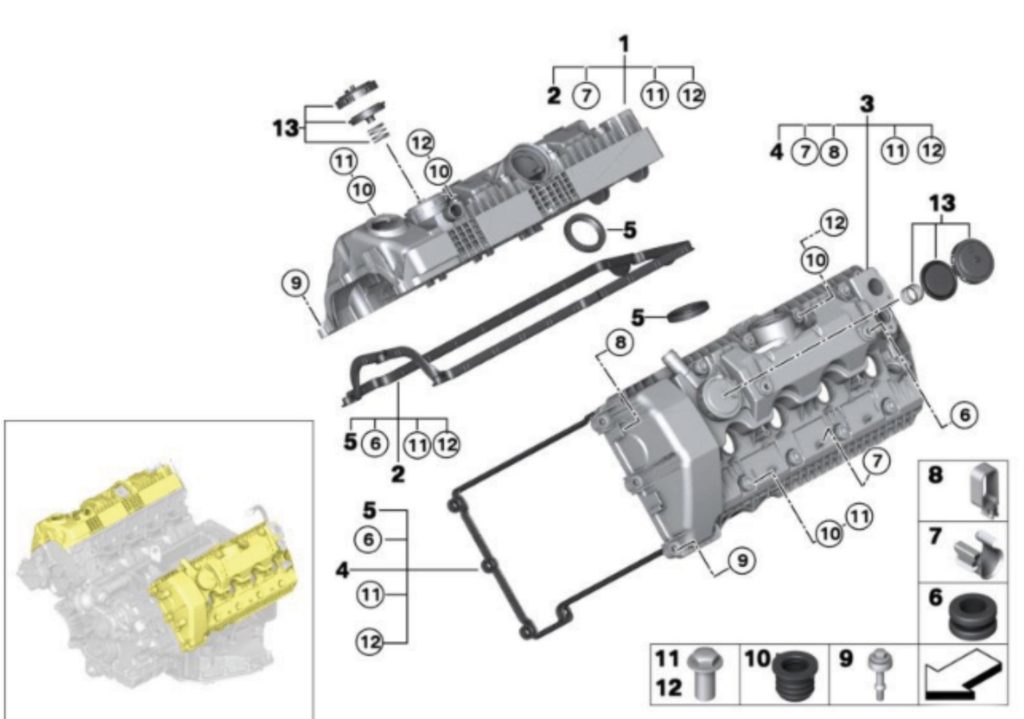
Upper Timing Chain Covers
You will need to remove the valve covers, so it’s important that you clean everything first. It is easy to mistake a leaking timing chain upper cover for a valve cover gasket leak. If this happens, you risk getting a customer comeback and having a difficult conversation about the mixup. The job is also labor intensive, so you don’t want to have to do it over again (see Figure 4).
Note: There are O-rings for the solenoid as well as the gaskets. Remove both solenoid valves from the cover and be sure you thoroughly clean the cover. Reverse the disassembly order to reinstall the components. All the hard work is in the valve covers (see Figure 5).
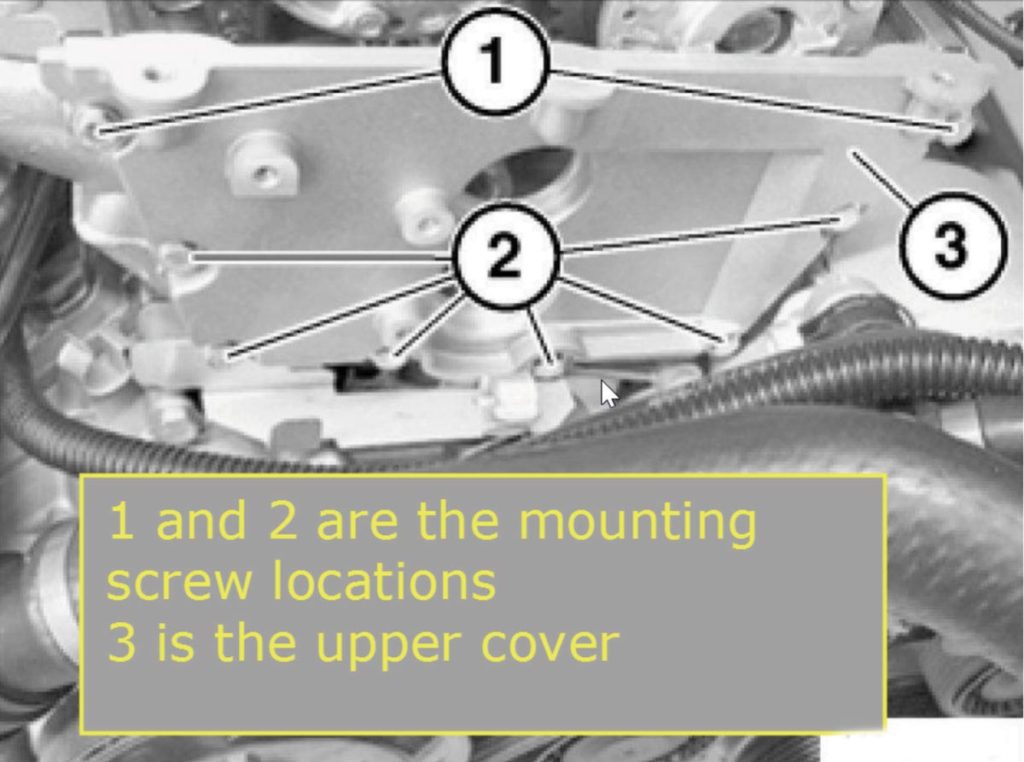
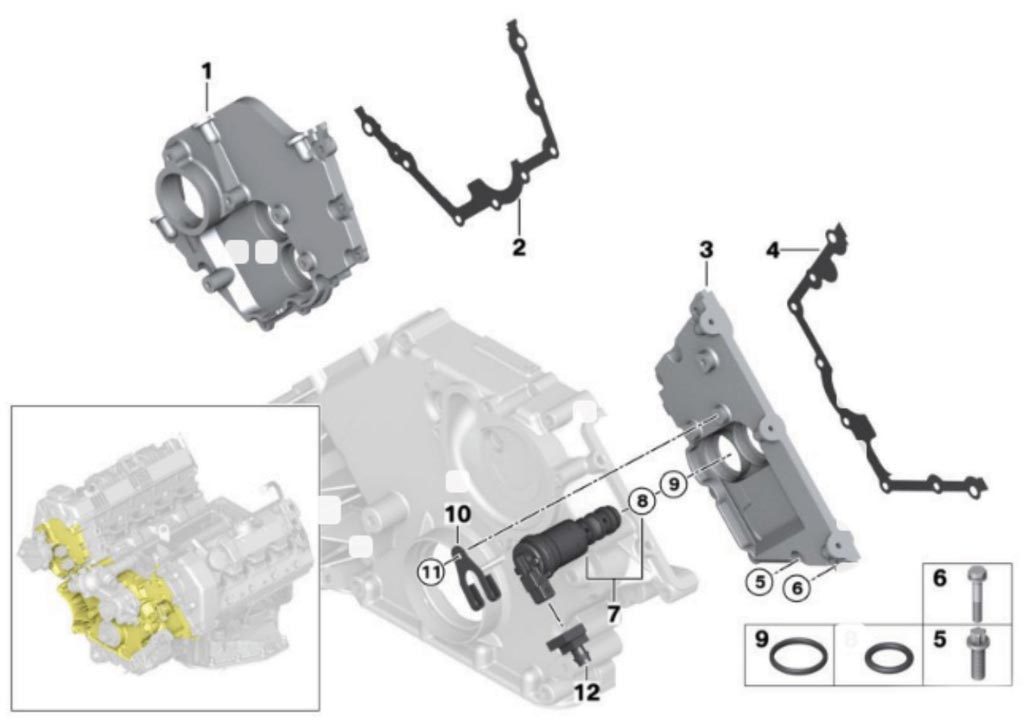
Alternator Bracket Gasket
Now, we move onto the unexplainable — the alternator bracket gasket. To this day, I cannot understand why there is an oil port located behind the bracket that secures the alternator to the engine. I’m sure there is an application somewhere that needs this — but we have never seen it.
This is a labor-intensive job — 8-plus hours for most models with the N63 engine. This is why it is so important to verify all the leaks with a good cleaning and using dye, as needed. I can tell you from experience, we have replaced badly leaking valve covers, only to have the car return to the shop with a leaking alternator bracket gasket.
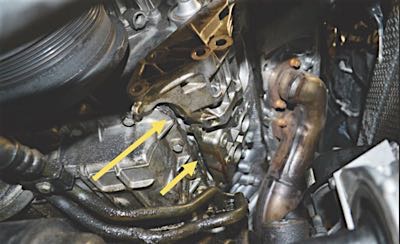
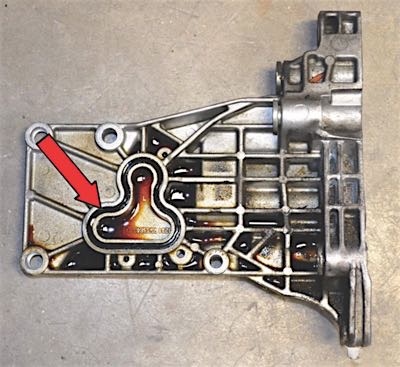
To dig into this job, remove the intake tubing, mass airflow sensor, drive belt and tensioner, and alternator power steering pump. You will need to support the engine with a suitable support. The engine mount arm needs to be removed. Now that everything is removed, you will be able to see the bracket and the problem area — the gasket in the cover (see Figures 6 and 7). During reassembly, be sure this area is very clean.
With many of these V8s on the road, there is a pretty good chance you will see one of them in your shop that has been leaking oil for a while. Take your time to do a thorough inspection and be sure to let the customer know these repairs can be expensive due to the labor-intensive nature of the job, and you will be doing justice to both yourself and the customer.

